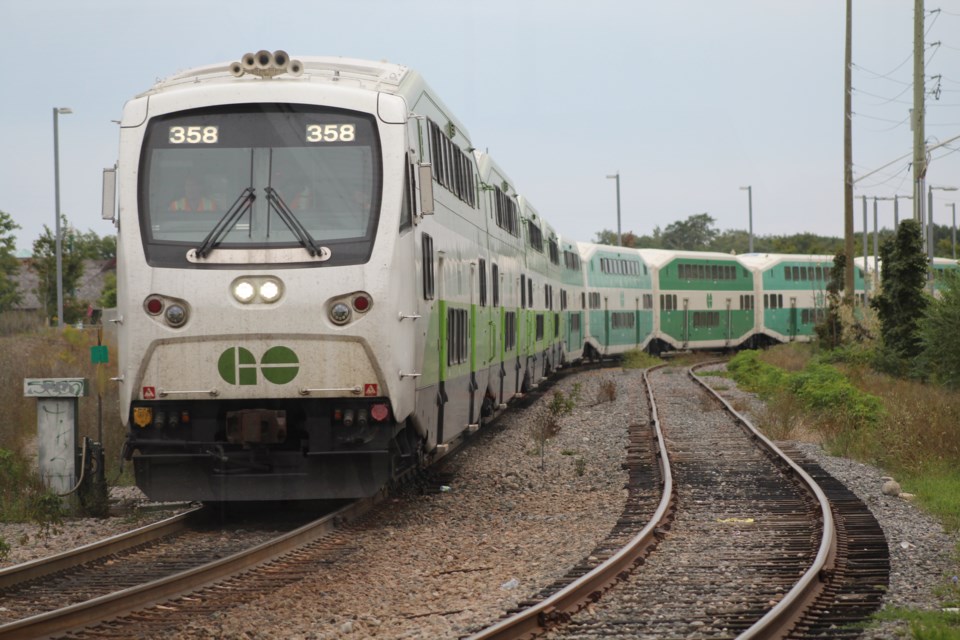BarrieToday welcomes letters to the editor at [email protected]. Please include your full name, daytime phone number and address (for verification of authorship, not publication). The following letter is in response to 'Double talk: Metrolinx outlines future for second set of tracks,' published April 14.
Unless there has been some serious rewriting of the GO expansion plans/deliverables in recent years, the twinning of the line to Barrie is fraught with unresolved issues. One of the biggest is parking availability.
Prior to the announced expansion 65-plus per cent of GO users parked at the GO parking lots. Along with the ridership expansion plans, the parking spaces were to be increased 10 per cent.
Roughly speaking, the GO expansion plan calls for doubling the number of commuters with a reduction in the percentage of commuters who park at the GO stations going from 65-plus per cent to under 40 per cent.
The hope was/is that local public transit would bring all of the remaining new riders to the GO station. What could possibly go wrong?
This looks a lot like the UP Express plans which called for an operational break-even with ridership at 75 per cent of capacity and a $20 fare. One billion dollars later, ridership was not remotely close to 75 per cent of capacity and the fare was dropped to $12 to get the ridership up.
Now there's no chance of ever breaking even. We've just created another subsidized transit system that was sold on being self-sustaining. Isn't it amazing what one can do with numbers when there is a predetermined conclusion?
Does this all not sound a little tone deaf to the global warming challenge all of humanity is facing?
Why not encourage businesses to locate in the 905 areas instead of encouraging tens of thousands of workers to travel from the 905 areas to Toronto? Commute times could easily be halved.
This would reduce the amount of subsidized transit required while improving workers' quality of life with shorter commutes all the while reducing carbon emissions.
That's a win-win-win, the way I see it.
Jack Taylor
Bradford

